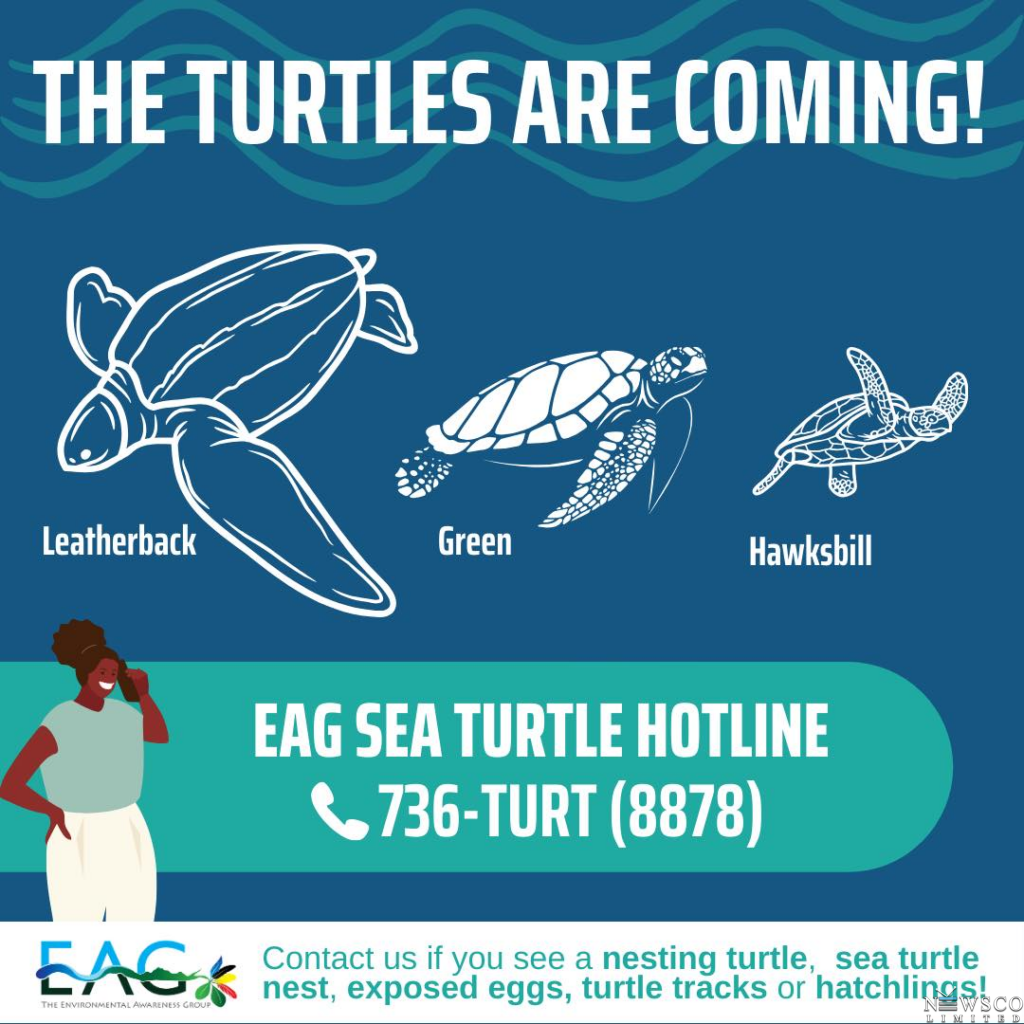
By Samantha Simon
[email protected]
As the sun sets over Antigua’s pristine beaches, a ritual takes place that has unfolded for over 100 million years.
Mother sea turtles emerge from the waves and lumber across the sand to dig nests and lay their eggs – the first step in replenishing endangered turtle populations in the Caribbean Sea.
The beaches of Antigua and Barbuda host some of the most significant nesting and feeding sites for hawksbill, green, leatherback, and loggerhead sea turtles in the West Indies.
Of these species, the hawksbill, green, and leatherback turtles come ashore to lay their eggs during the key nesting months of March to November.
These gentle marine creatures have survived since prehistoric times, but now face threats that could lead to their extinction, without sustained conservation efforts.
Leatherbacks, known for being a highly migratory species, have been recorded swimming over 10,000 miles a year between their nesting and foraging grounds.
A marine conservationist explains that green sea turtles are vital grazers of sea grass and algae, helping to maintain the productivity and balance of coastal areas.
Hawksbills prey on sponges, preventing the uncontrolled growth of sponges on coral reefs, while leatherbacks consume jellyfish, keeping those populations in check.
Despite their endurance over millions of years, sea turtles now struggle against disruptive human behaviors.

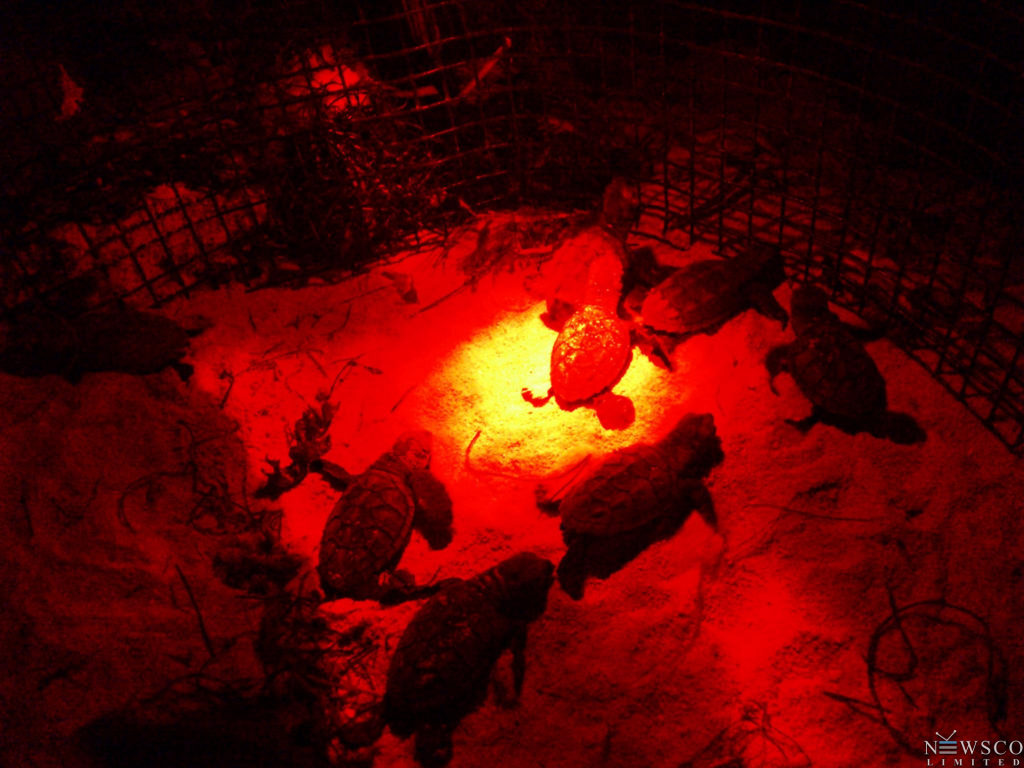
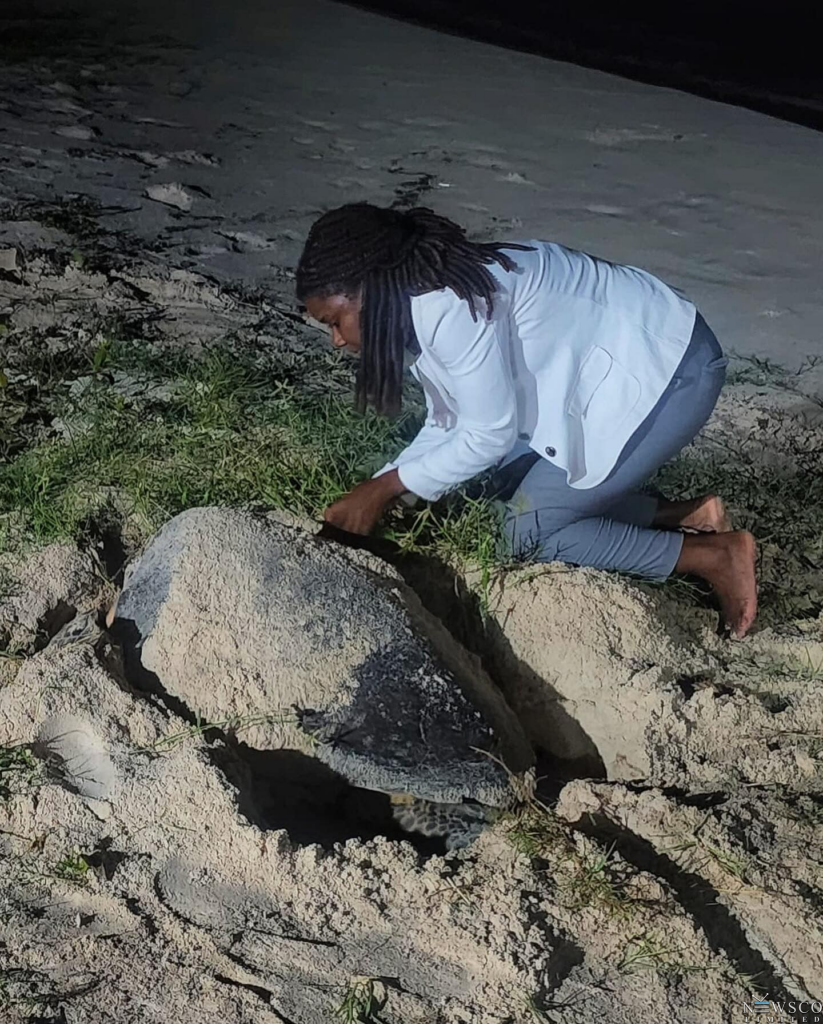
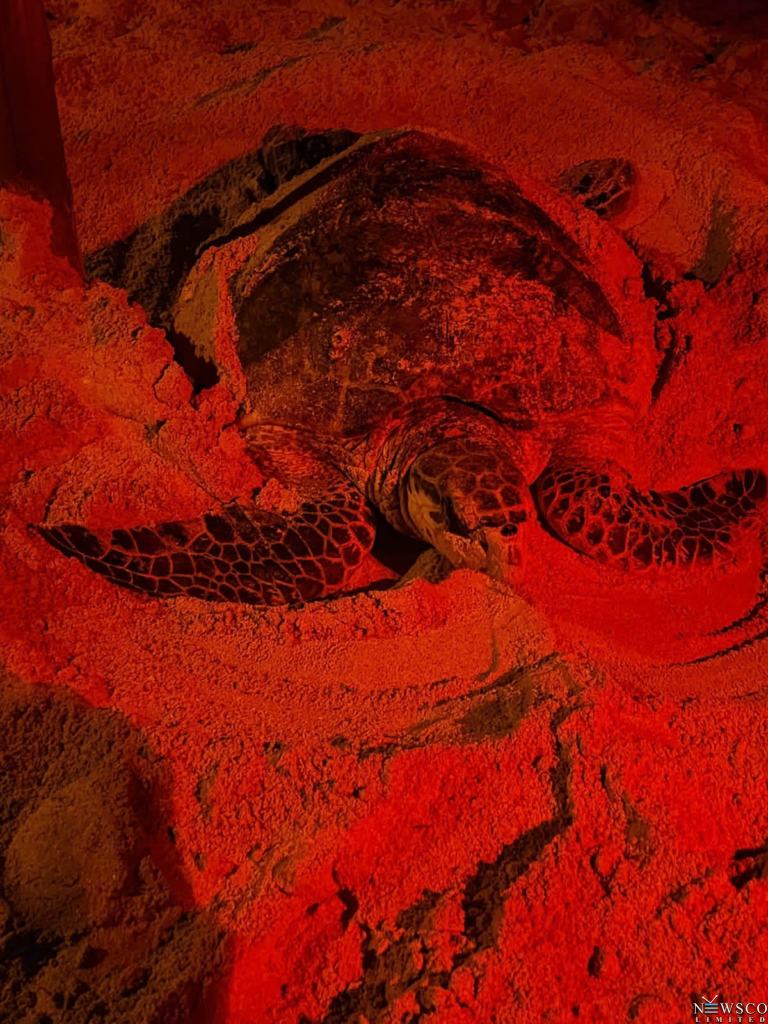
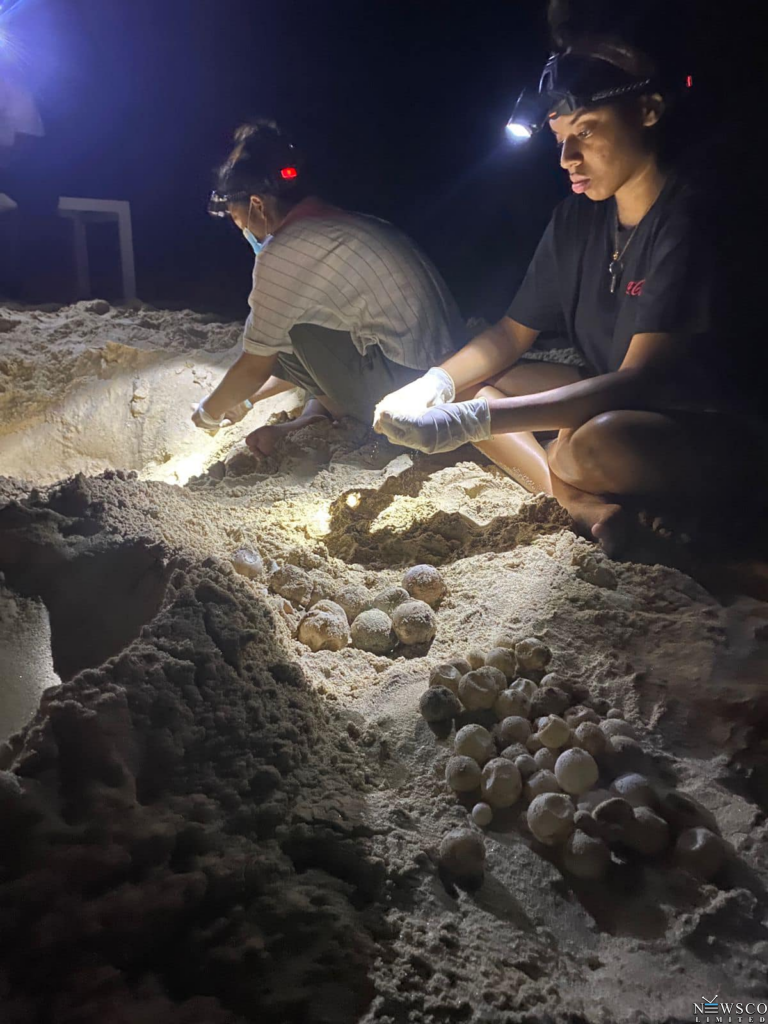
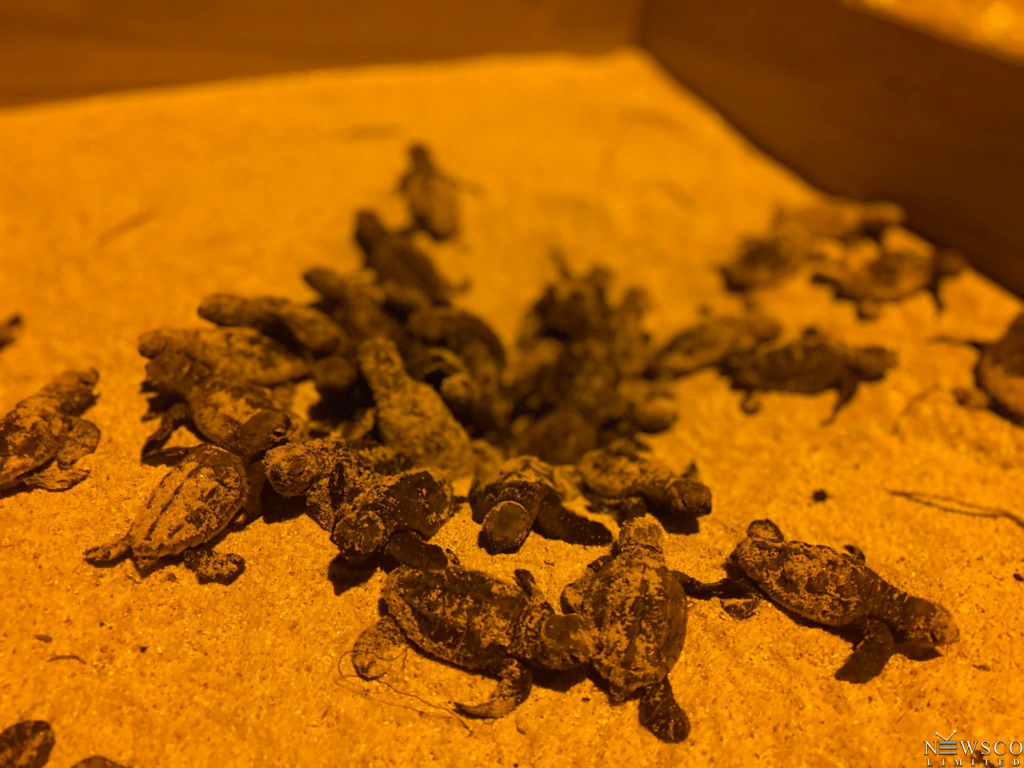
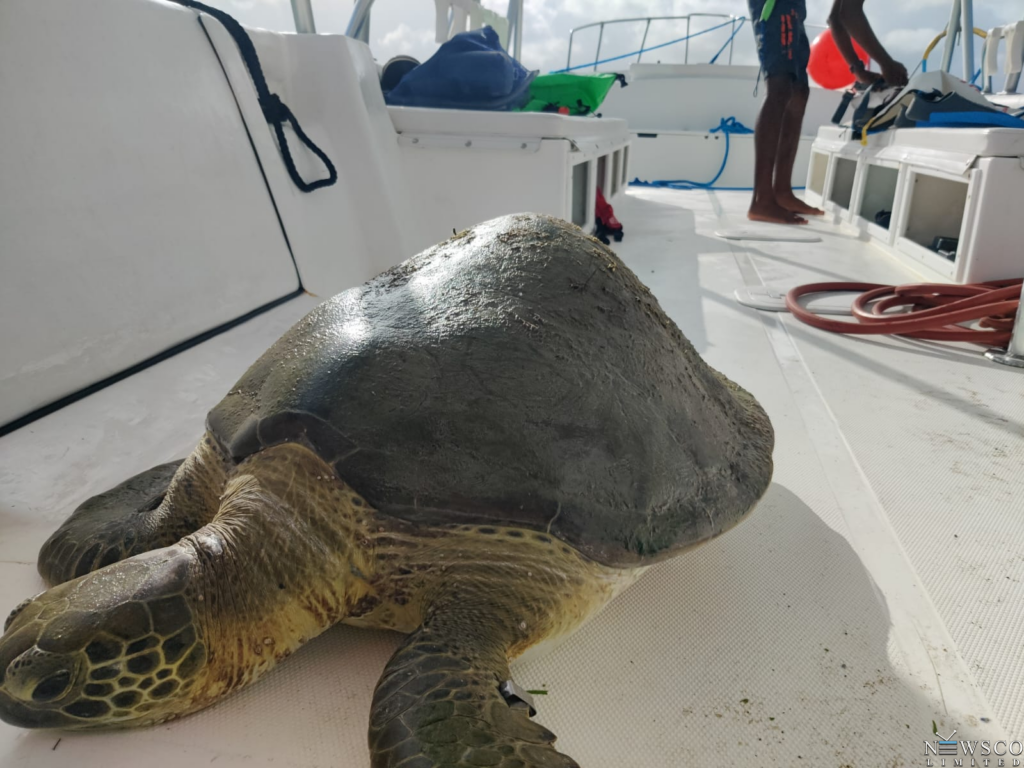
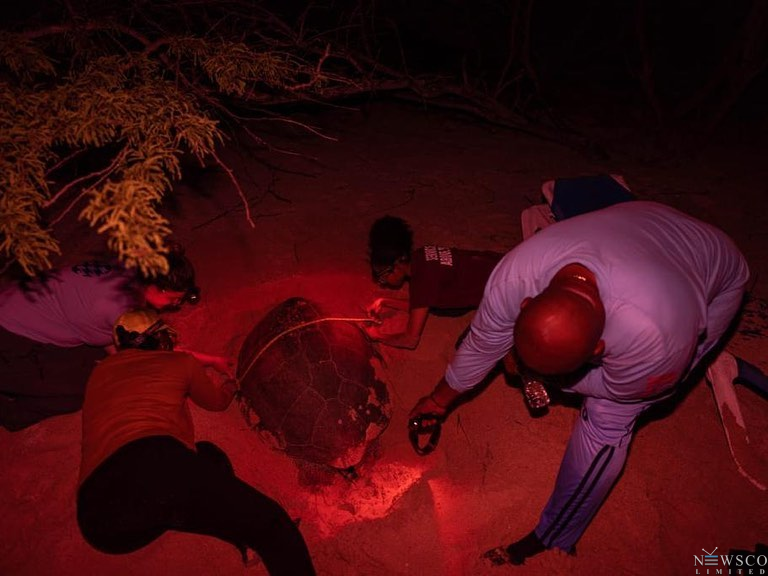
Plastic pollution, coastal development, artificial light exposure, and unsustainable fishing practices have decimated populations.
The International Union for Conservation of Nature lists all seven species as endangered or critically endangered.
This is where protecting nesting habitats on islands like Antigua and Barbuda become absolutely vital. Beaches free of litter, artificial lighting, and human traffic give turtle hatchlings the best chance of making it safely from the nest to the ocean.
Safeguarding their journey from the moment the tiny hatchlings enter the world is critical, according to environmental scientists who have worked extensively in Antigua and Barbuda.
Hatchling turtles use natural light from the moon and stars to orient themselves towards the water upon emerging from their nests.
However, artificial lighting can cause deadly disorientation, leading the hatchlings inland instead of towards the ocean. This puts them at high risk of dehydration, predators, and other hazards before they can reach their marine habitat.
The Antigua Sea Turtle Project, environmental groups, and governing authorities have increased patrols and monitoring of nesting hotspots like Rendezvous Bay and Jumby Bay.
Tour operators are trained in best practices, and development is limited near key sites during nesting season.
On this Earth Day, there are many ways for residents and visitors to Antigua and Barbuda to aid sea turtle conservation:
- Reduce plastic waste and properly dispose of trash to prevent debris from ending-up in the ocean and on nesting beaches.
- Minimise lighting near beaches at night during nesting season and close curtains or blinds to reduce artificial illumination.
- Support local conservation groups through tours, volunteering, and donations.
- Respect signage, and beach closures, and do not disturb nesting turtles or hatchlings when encountered.
To aid in protecting nesting turtles, the EAG operates a Sea Turtle Hotline at 736-TURT (8878) for the public to report any sightings of nesting turtles, nests, exposed eggs, turtle tracks, or hatchlings.
Quick response from conservation teams is vital to safeguarding the vulnerable turtles and their offspring.
By preserving the pristine, dream-like beaches that have drawn turtles to lay their eggs for eons, Antigua and Barbuda can ensure these ancient mariners survive long into the future.
After all, the island’s very name is derived from the Spanish explorer’s sighting of “Antigua,” meaning ancient – a fitting moniker for the region’s role in hosting these enduring creatures and their fragile offspring.
